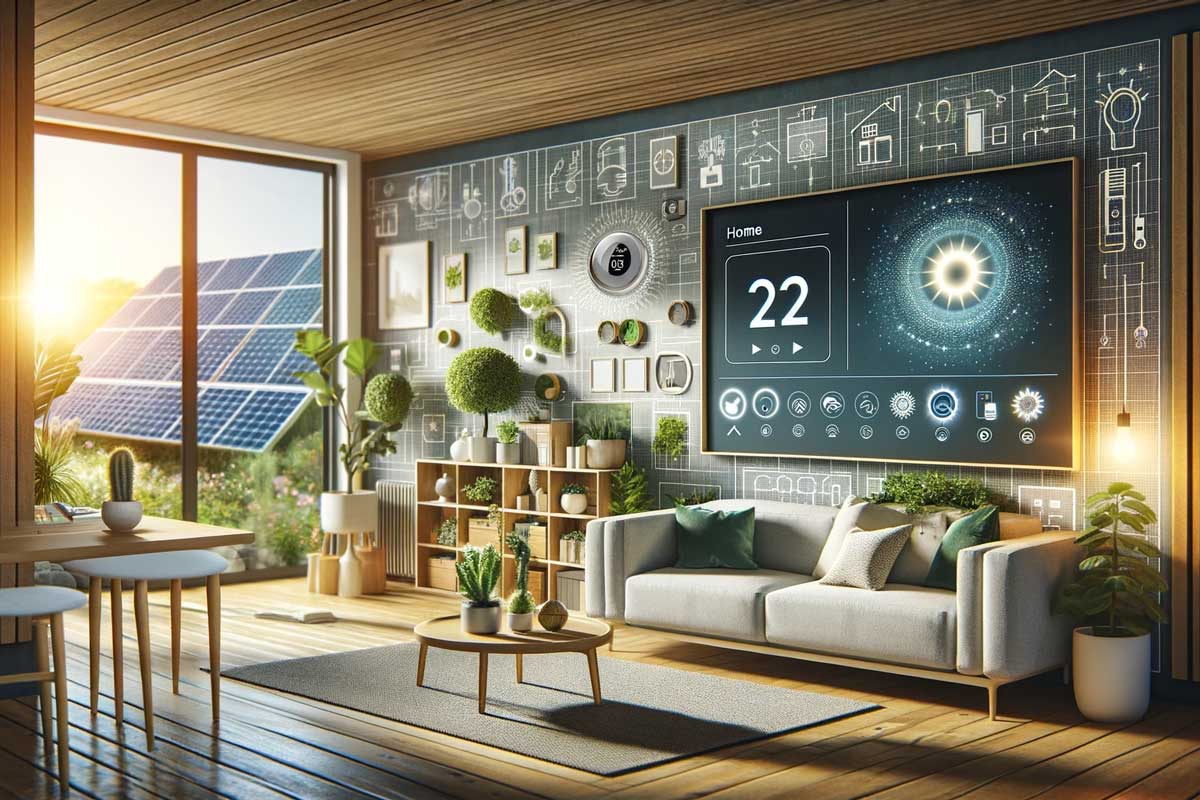
How Smart Thermostats Save Energy and Transform Homes
Share
In the era of advanced technology and increasing environmental awareness, many tech professionals and enthusiasts are exploring new ways to make their homes more energy-efficient. One such groundbreaking innovation is the smart thermostat. With growing concerns about high energy bills and environmental impact, understanding how smart thermostats save energy can be a valuable asset for anyone passionate about technology and sustainability.

The Growing Importance of Smart Thermostats
Smart thermostats are not just trendy gadgets; they are pivotal tools in creating energy-efficient homes. These devices cater to tech-savvy homeowners by integrating cutting-edge technology with day-to-day home management. By learning the behaviors and preferences of homeowners, smart thermostats can significantly reduce energy consumption and lower costs.
How Do Smart Thermostats Operate?
Smart thermostats utilize a blend of sensors, Wi-Fi connectivity, and artificial intelligence to optimize home heating and cooling. They learn your schedule and preferences over time, automatically adjusting the temperature for maximum comfort and minimal energy use. These adjustments can be made remotely via smartphone apps, providing users ultimate control regardless of their location.
Specific Features of Smart Thermostats
The functioning of smart thermostats is backed by a range of features designed to enhance energy efficiency:
- Learning Algorithms: Most smart thermostats can learn your daily routine and adjust settings to ensure the home is conditioned only when necessary. This fine-tuning translates into significant energy savings over time.
- Remote Access: Through a dedicated app, users can control their homes temperature remotely, making adjustments based on sudden schedule changes or climate conditions.
- Energy Usage Reports: These devices often provide detailed reports, allowing homeowners to understand their energy consumption patterns and identify avenues for cost savings.
Benefits and Savings of Smart Thermostats
The integration of smart thermostats in homes brings about multiple benefits:
1. Enhanced Energy Efficiency: By optimizing heating and cooling schedules, homeowners often witness a reduction in energy use, promoting both savings and sustainability.
2. Cost Savings: The ability of smart thermostats to fine-tune energy usage patterns typically results in lower utility bills.
3. Environmental Impact: Reduced energy consumption means lowered carbon footprints, contributing to environmental conservation efforts.
Additionally, technology fans should check out an article on home automation systems for comprehensive energy management solutions.
Adapting to a Smart Home Lifestyle
Integrating smart thermostats is just one step towards a fully automated home life. For tech enthusiasts interested in holistic smart living, consider exploring sustainable home solutions as [described here](https://www.hometech1.com/sustainable-living-with-eco-friendly-home-automation/).
Challenges and Considerations
Despite numerous benefits, implementing smart thermostats involves considerations such as:
1. Initial Costs: Although these devices offer long-term savings, the initial setup cost can be a barrier for many homeowners.
2. Compatibility Issues: Older HVAC systems might not be compatible with newer smart thermostat models, necessitating additional upgrades.
The Future of Home Energy Management
As technology continues to evolve, the capabilities of smart thermostats and home automation systems are expected to expand. These [trends in sustainable home designs](https://www.novatr.com/blog/sustainable-home-designs-trends) illustrate the potential for more dynamic energy solutions.

FAQs
Are smart thermostats difficult to install?
Installation complexity depends on the model and compatibility with existing HVAC systems. Many users find that hiring a professional for installation ensures optimal performance.
Do smart thermostats require constant internet access?
While most features are accessible offline, an internet connection is necessary for remote access and updates.
How do smart thermostats save energy specifically?
By learning user habits, adjusting temperatures accordingly, and giving users control from anywhere, they consistently optimize energy use.
Energy-efficient automation tips can further enhance thermostats potential.
